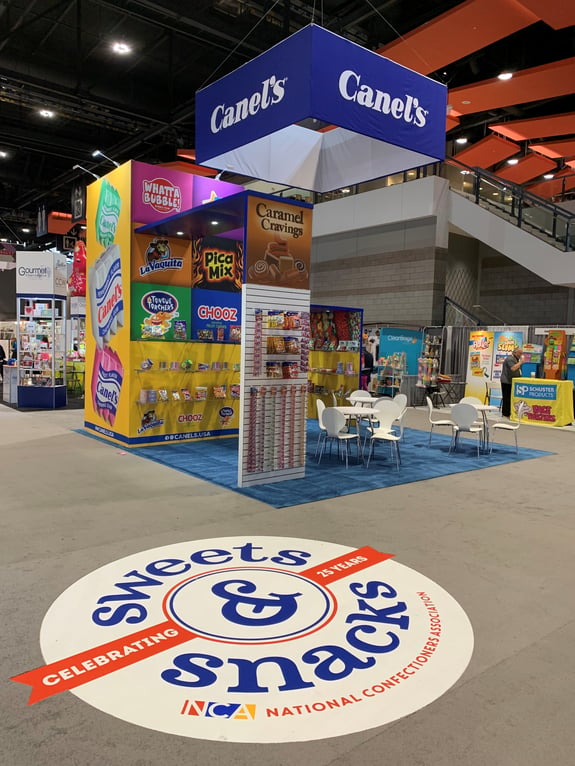Trade show booths are designed to be put up and taken down repeatedly, so they are made from durable materials designed to stand up under this repeated use. Over time, however, those actions will cause wear and tear on your booth.
It’s important that you assess the booth each time you use it to look for signs of problems, so you can be prepared to address them before your next event. Here’s a guide that will help you know exactly how to do that.
Get to Know Your Booth
Get to know all of the features of your booth before and after you break it down. Know what all of the various parts look like and how they fit together. Pay particular attention to areas that are prone to wear and tear, but always inspect all of your system’s elements. Here are some areas where you will want to be attentive:- Shelving – Areas where shelves and displays connect to the counter or wall can be at risk. If these fail, your entire product display will come crashing down, so give them careful consideration.
- Connections – Any connection between one piece of your trade show booth and another is a potential weak point, so make sure you take careful time to inspect these areas. Repair problems or replace missing screws or other components to protect your booth's longevity.
- Fabric Components – Though modern trade show booth fabric is quite durable, this is also a place where failure could occur. Thoroughly check the fabric over for tears and weaknesses.
- Electrical and Lighting – If your booth has electrical components, check them for signs of frayed connections and other issues. Also, make sure you check bulbs to ensure none of them are burnt out and need to be replaced before your next show.
Give High-Touch Areas More Attention
Different areas of your booth are often considered high-touch areas. Some areas, like the signage hanging above the showroom, are at less risk for wear and tear than higher-touch areas, like the booth’s flooring. When you tear down after a show, give these areas a good cleaning, and take care of any necessary repairs. This will prevent an unwanted surprise (and rushed repair) when your next event comes around.
Look at these areas in particular:
- Countertops – Countertops or other surfaces that are at counter or table level are the places where your team members and customers interact with your booth. Be sure to look for scratches and other signs of wear and tear in these areas.
- Foot Traffic Areas – If your trade show booth includes flooring, keep an eye on the areas where people regularly walk. This can be a place where issues often pop up.
- Interactive Features – Any interactive feature on your booth is a place where people are going to touch the booth. Again, these are at risk for damage more quickly than other areas, so be sure to properly inspect them after each and every show.
Consider Upgrades and Enhancements
While you evaluate your booth for wear and tear and make necessary repairs, consider any future upgrades you may want to incorporate. Are there elements or features that could be improved to make your visitor’s experiences more memorable and help your overall branding efforts? While you are repairing and cleaning your booth before putting it away for the next show, be sure to make note of these changes.
Once you know what the changes are, don’t wait to tell your exhibit house. You need to give your design team or builder this list quickly, so they have sufficient time to upgrade and update the booth.
Partner with the Right Exhibit House
A powerful trade show booth is not a one-and-done process. While the initial design is the most critical, you are constantly going to need to repair, evaluate, and update the booth. Working with an experienced exhibit house, like Exhibit Options, will help you provide the best possible experience for each of your attendees. If you are looking for a new exhibit house, reach out to Exhibit Options today.



COMMENTS